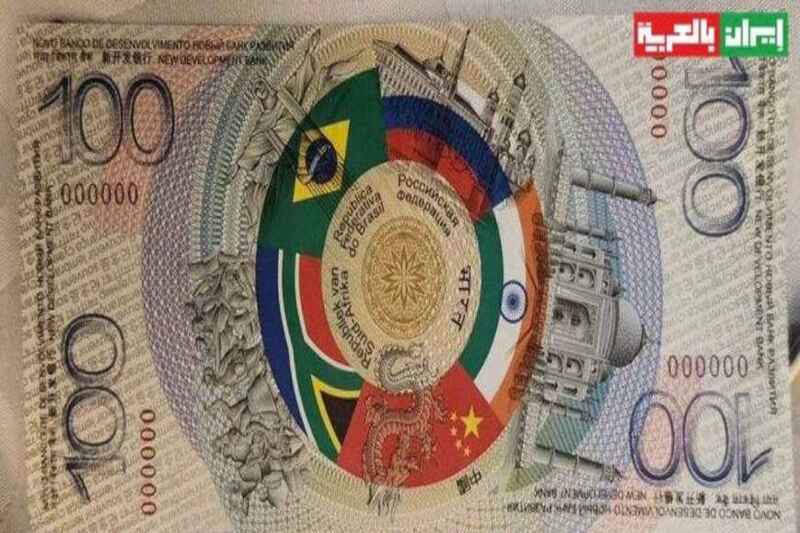
BRICS Showcases Potential New Currency Note, Putin Leads Initiative to Challenge US Dollar Dominance
In a dramatic bid that could redefine the world economy, BRICS, the international union of rapidly growing economies, is supposedly all set to issue currency banknotes to rival the US dollar. And it emerged at the recent Kazan summit where Putin was given a ‘BRICS bill’ though Nabiullina – Russia’s Central Bank head – opposed the idea.
Currency Characteristics and Support
The new currency, which is yet to be given a proper name but for now is called ‘the unit’ is seen to have a sound underpinning, as it has been reported. According to the Jerusalem Post, the new BRICS banknote would be anchored at 40 percent gold and 60 percent the currencies of the five-member countries effectively laying a good basis for its value. As of now, the official approval has not been given but a short note displayed during the event includes the flags of all the founding members of the BRICS – Russia, China, India, Brazil, and South Africa.
The symbolic banknote presentation at the Kazan summit has already caused a lot of debate in the international financial community. According to the Russian state media Sputnik, the detailed discussions as to the preparation of the creation of a single BRICS currency were held behind the scenes during the course of the summit. The plan looks to be on the way to being accepted by member nations; however, specific strategies for the implementation are yet to be revealed.
Global Impact and Future Prospects
The likelihood of a new BRICS currency may be seen as a first step toward the construction of a new multipolar financial world order. Twitter was most active in the dissemination of information about this possible move’s implications on world trade. The initiative if operationalized could open up the BRICS countries’ economies to the direction of the Bloc while at the same time liberating the nations from reliance on the US dollar for International trade.
The development has attracted heated debate among financial practitioners and policymakers across the globe. Some people regard it as the next step in the emerging new world economic landscape, the others, including Russia’s Central Bank head, have concerns about the feasibility and applicability of such a vast monetary project.




